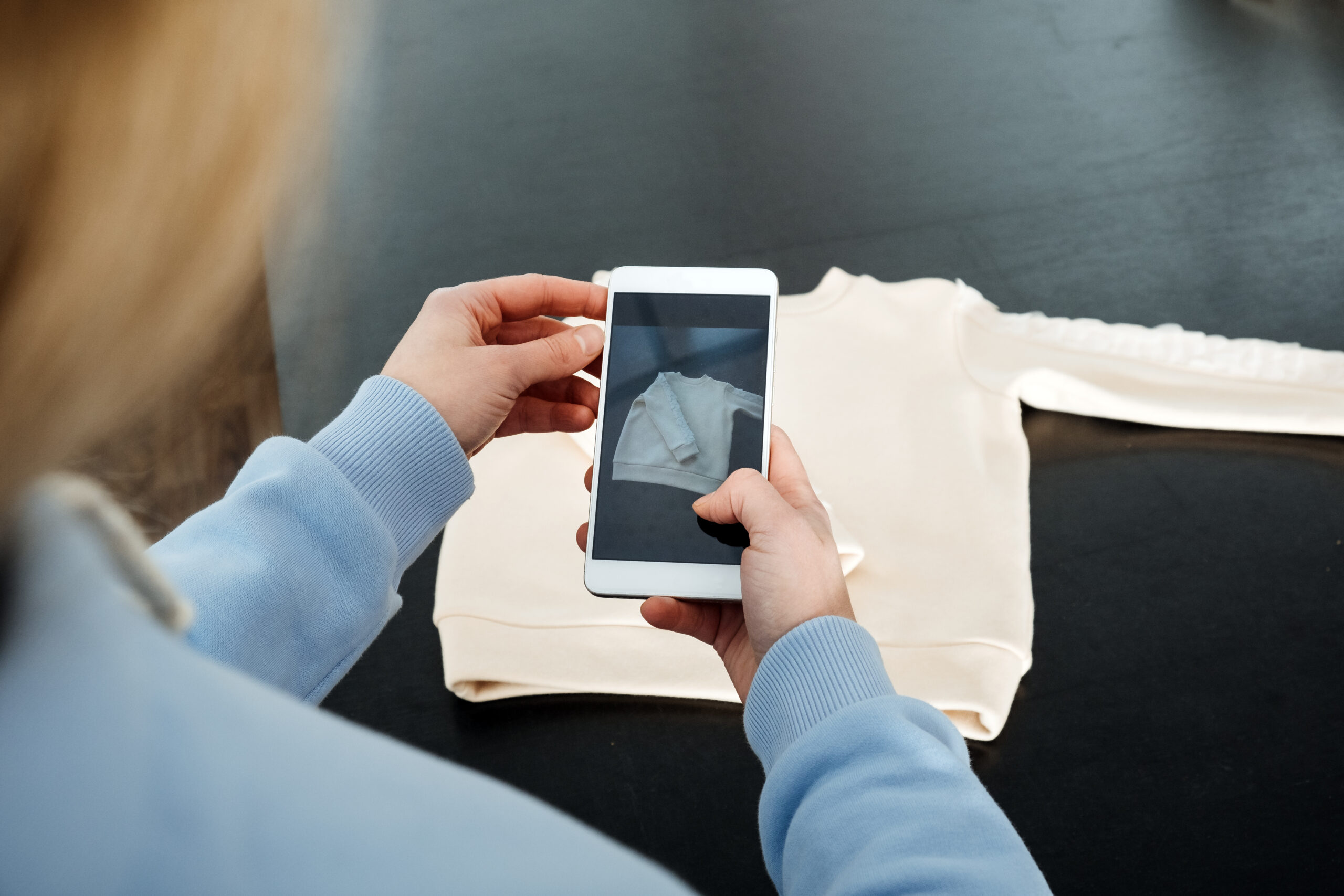
How Augmented Reality (AR) is transforming the Retail Businesses

FoxERP
Emerging technologies are transitioning businesses across the globe. Call it the repercussions of the COVID-19 pandemic or the opportunities it has provided the world with.
Still, it won’t be wrong to say that innovation and digital technologies have become the new normal.
Each industry has witnessed the benefits of the massive turnaround of the COVID-19 pandemic. One such emerging technology is Augmented Reality (AR).
In simple words, AR is a technology that utilizes a wide range of hardware handheld devices such as smartphones, wearables, PCs and laptops, TVs, and connected devices such as glasses, head-mounted displays, lenses, and AR fitting rooms.
It’s often confusing to differentiate between AR (Augmented Reality) and VR (Virtual Reality), which lies in the fact that AR doesn’t replace the real world but augments it with additional virtual objects.
Now, the question arises of how it is even possible to recreate a virtual environment of a real-time situation that may not even exist in the first place. The answer, too, lies in the same question.
In the case of handheld devices, the AR uses the device’s camera, computer vision technology, and GPS to gather information about the surrounding real-world environment and overlays additional contextual information in 2D and 3D format to recreate the exact environment image.
Retail is one such industry that has witnessed the massive benefits derived from the vast array of applications of AR, which not only caters to the enhanced customer experience but increases the overall productivity of the retail industry.
AR and Retail Industry
Imagine a situation where you have to attend a party tomorrow that you have been waiting for a long and have to buy a dress for yourself to wear on occasion, but you are stuck at home as it’s raining incessantly outside.
Now you have two choices: either avoid attending that party, or take a risk, go out, navigating the rains, get dressed, and attend the party.
Well, that’s where the AR comes to your rescue, as you can shop at your home in your comfort, without any need to go outside, enjoying the real-time experience at your fingertips, and that’s been possible by the space visualization and virtual tour feature of AR.
So, what are Space Visualization and Virtual Tours?
AR technology lets shoppers walk through the retail store without even paying a physical visit to the location, having a real-time experience.
Augmented reality gives customers a real-time feel of the place in their comfort.
For instance, AR retail apps like Magicplan offer customers an AR-enabled residential property design planner, letting them see how their homes will look after all the renovations are completed.
Customers are provided with the ability to take a virtual walk through their renewed residences willingly, whenever they want to, without going to the retail store in reality.
Another example showcases the light on AR apps such as the Lowes AR app that helps customers navigate the brand’s stores, pick better routes, and find their requirements.
While such breakthrough technology makes the customers exclaim in awe at the credibility and ease it provides them with, it also showcases how vast and promising AR is, which will shape industries with a vivid range of benefits.
Another example that showcases the steps taken by retailers to woo their customers even more includes the industry players offering customers a different way to try on their products.
For example, Sephora’s mobile app encompasses a virtual Visual Artist feature, letting users try on the brand’s products using face recognition technology and AR via an app interface.
Such breathtaking advancements that AR shows tell a lot more about its potential, and that’s only going to get a hold of other industries, just as Retail.
Conclusion
AR has massive implementation across several industries. One of them is Retail, which has already benefitted from the advantages AR has provided, making the overall customer experience going an all-time high.
Furthermore, the technology holds massive implications, promising growth, advantages, and productivity in other sectors.
It will be the upcoming years that will tell us more about the widespread applications of AR in other industries. Still, one thing is sure: it has already revolutionized the market.
Recent Posts

FoxERP
Unleashing the Power of ERP Cloud Migration: Benefits, Challenges, and Options
In the contemporary business landscape, Enterprise Resource Planning (ERP) systems play a pivotal role in driving operational efficiency and facilitating strategic decision-making. With the rapid evolution of cloud technology, organizations are increasingly exploring the option of migrating their ERP systems to the cloud to unlock a plethora of benefits and drive digital transformation.

FoxERP
The ERP Revolution: Navigating Enterprise ERP System Challenges
Enterprise Resource Planning solutions can be a lifesaver for businesses. It enables you to automate all your day-to-day business processes in a centralized and streamlined platform. Today, most business organizations implement ERP solutions like FOX ERP to improve business operations, boost data security and data quality, automate workflows, and enhance customer service.

FoxERP
Unlocking Organizational Success by Embracing the Strategic Roadmap to ERP Implementation
Do you know? The global ERP software market is expected to reach a staggering $78.40 bn by 2026, growing at a CAGR of 10.2%. The global ERP software market is estimated to take over 40% of the market share by 2025.



